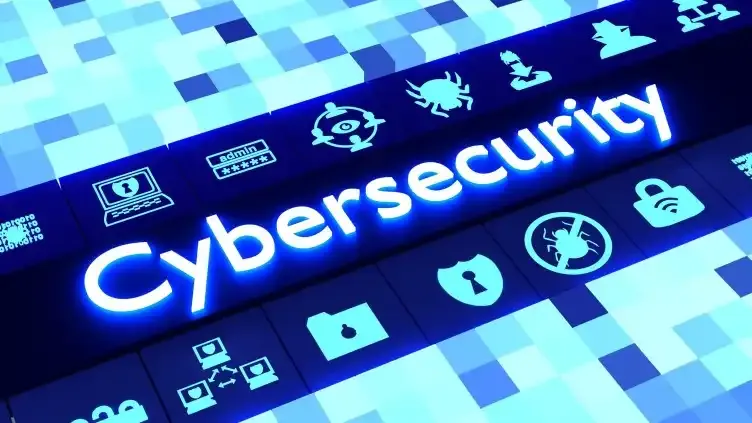Cybersecurity - How to Protect Yourself from Phishing and Other Cyber Threats
- #Segurança da Informação
With the increasing use of the internet and the growing digitalization of our lives, cyber attacks have become an increasingly present threat in our daily lives. Unfortunately, many people still do not fully understand the dangers they face online and may end up falling victim to cyber-attacks.
There are various types of cyber attacks, such as malware, ransomware, hacking, denial-of-service (DDoS) attacks, and, of course, phishing. Malware is malicious software that can steal personal information, control your computer, or damage your files. Ransomware is a type of malware that encrypts your files and demands that you pay a ransom to recover them. Hacking is the act of gaining unauthorized access to a system or network, while DDoS attacks are used to overload websites and make them inaccessible.
However, phishing is one of the most common and dangerous types of cyber attacks. Phishing attacks often involve creating fake websites or sending fraudulent emails that appear legitimate in order to trick people into revealing confidential information, such as passwords and banking information.
Therefore, it is essential that people are aware of these dangers and know how to protect themselves against them. In this article, we will focus on how to protect yourself against phishing attacks and other cyber threats so that you can browse the internet safely and securely.
What is Phishing?
Phishing is a type of cyber attack that aims to trick users into providing confidential information such as passwords, banking information, and credit card details. Cybercriminals use various tactics to deceive users, such as creating fake websites that look identical to the real ones, sending fraudulent emails or text messages that look legitimate, or using social engineering to convince victims to reveal information.
There are several forms of phishing. Below are some of the most common:
1 - Spear Phishing: This type of phishing is personalized to a specific individual or organization. The attacker may collect information about the victim on social networks and other sites, and use that information to send an email that appears to be from a trusted source.
2 - Email Phishing: These attacks are usually sent via email and can be disguised as an email from a financial institution, company, or organization. The email may contain a link that leads to a fake website, where the victim is asked to provide confidential information.
3 - Smishing: It`s the term used for phishing through text messages. These attacks usually send a text message that appears legitimate, but it contains a link to a fake website.
Here are some tips to protect yourself against phishing:
- Be wary of the messages you receive: Always check the sender before clicking on any links or downloading any attachments. If you do not recognize the sender, delete the message.
- Check the website URL: Always check if the website URL is legitimate and starts with "https." The "s" at the end of http means that the website is secure.
- Do not share personal information: Never share personal information, such as passwords, banking information, or credit card details, unless you are certain that the website is legitimate.
- Keep your software updated: Keep your antivirus software, browsers, and operating systems up to date to protect yourself against security vulnerabilities.
- Use two-factor authentication: Whenever possible, use two-factor authentication to protect your accounts.
Remember, phishing is one of the most common forms of cyber attacks. By following these basic security tips, you can protect yourself against attacks and keep your information secure.
I hope I helped a little to understand these dangers. Stay tuned! Have a good day!
Published by
Systems Analyst (Specialized in Cybersecurity and Industrial Automation







